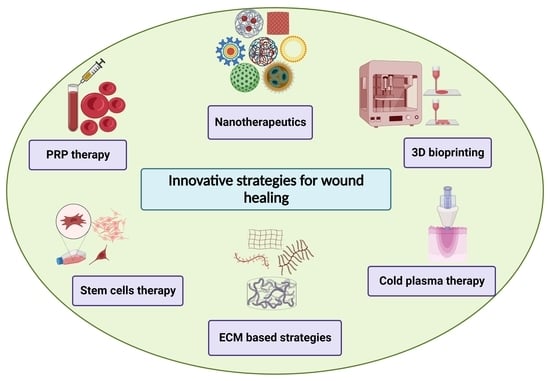
[/image][=video]
[/video]
There are many sorts of stem cells. In general, the term stem cell describes a category of cells that generate various other cells (like skin, blood, heart, and muscle cells) by replicating and setting apart in feedback to chemical signs. Totipotent stem cells show up at the earliest phase of growth and are the only stem cells which can create embryonic stem cells and the placenta.
Bone marrow transplant (BMT) is a special treatment for patients with particular cancers cells or other illness. A bone marrow transplant involves taking cells that are normally found in the bone marrow (stem cells), filtering those cells, and offering them back either to the benefactor (person) or to an additional individual. The goal of BMT is to transfuse healthy and balanced bone marrow cells into a person after his or her very own harmful bone marrow has been treated to eliminate the abnormal cells.
The blood cells that make various other blood cells are called stem cells. The most primitive of the stem cells is called the pluripotent stem cell.
It is the stem cells that are needed in bone marrow transplant. The goal of a bone marrow transplant is to treat many diseases and sorts of cancer. When the doses of chemotherapy or radiation required to cure a cancer cells are so high that a person's bone marrow stem cells will be completely harmed or ruined by the therapy, a bone marrow transplant may be needed.
Medical Group
This procedure is usually called rescue. Replace bone marrow with genetically healthy working bone marrow to protect against even more damage from a hereditary condition procedure (such as Hurler's syndrome and adrenoleukodystrophy). The dangers and benefits need to be evaluated in an extensive conversation with your doctor and specialists in bone marrow transplants prior to the treatment.
There are different sorts of bone marrow transplants depending upon that the donor is. The various kinds of BMT consist of the following: The benefactor is the individual himself or herself. Stem cells are taken from the client either by bone marrow harvest or apheresis (a procedure of gathering peripheral blood stem cells), frozen, and after that repaid to the individual after extensive treatment.
The donor shares the same genetic kind as the client. Stem cells are taken either by bone marrow harvest or apheresis from a genetically matched benefactor, generally a sibling or sister. Various other contributors for allogeneic bone marrow transplants may include the following: A haploid-identical suit is when the contributor is a moms and dad and the hereditary match is at least half the same to the recipient.

Matching includes typing human leukocyte antigen (HLA) cells. The antigens on the surface area of these unique leukocyte identify the genetic make-up of an individual's immune system. There are at the very least 100 HLA antigens; nevertheless, it is thought that there are a couple of significant antigens that identify whether a contributor and recipient match.
Clinical study is still exploring the function all antigens play in the procedure of a bone marrow transplant. The more antigens that match, the much better the engraftment of given away marrow. Engraftment of the stem cells takes place when the contributed cells make their way to the marrow and start making new blood cells.
Perimenopause Treatment
All people function with each other to offer the ideal chance for an effective transplant. The team consists of the following: Healthcare companies that specialize in oncology, hematology, immunology, and bone marrow transplant.
Experts that will assist you satisfy your dietary needs before and after the transplant. Numerous various other group members will examine you prior to transplantation and will give follow-up treatment as required.

A full case history and physical examination are performed, consisting of numerous tests to review the patient's blood and organ functions (for instance, heart, kidney, liver, and lungs). A client will usually come into the transplant center as much as 10 days prior to transplant for hydration, analysis, placement of the central venous line, and other preparations.
For an allogeneic transplant, an ideal (tissue keyed in and matched) benefactor has to be offered. Voluntary marrow benefactors are signed up in a number of national and international computer registries.
Donor sources available consist of: self, sibling, parent or relative, nonrelated individual, or umbilical cord from a related or nonrelated person. There are national and global windows registries for nonrelated people and cord blood. Some relative might be entered since of the need to aid. These family members may or may not elect to have their kind registered for use with other recipients.
Perimenopause Treatment
Tests connected to his or her wellness, exposure to infections, and hereditary analysis will certainly be done to figure out the level of the suit. The donor will certainly be provided guidelines on how a bone marrow contribution will be made. Once a suit for a patient requiring a bone marrow transplant is discovered, after that stem cells will be accumulated either by a bone marrow harvest.
Or by a peripheral blood stem cell collection. This is where stem cells are accumulated from the flowing cells in the blood. Of the 2, outer blood stem cell donations are currently extra common. Cable blood has currently been accumulated at the time of a birth and stored for later usage.
Navigation
Latest Posts
Hormone Therapy
Hormone Therapy
Regenerative Therapy